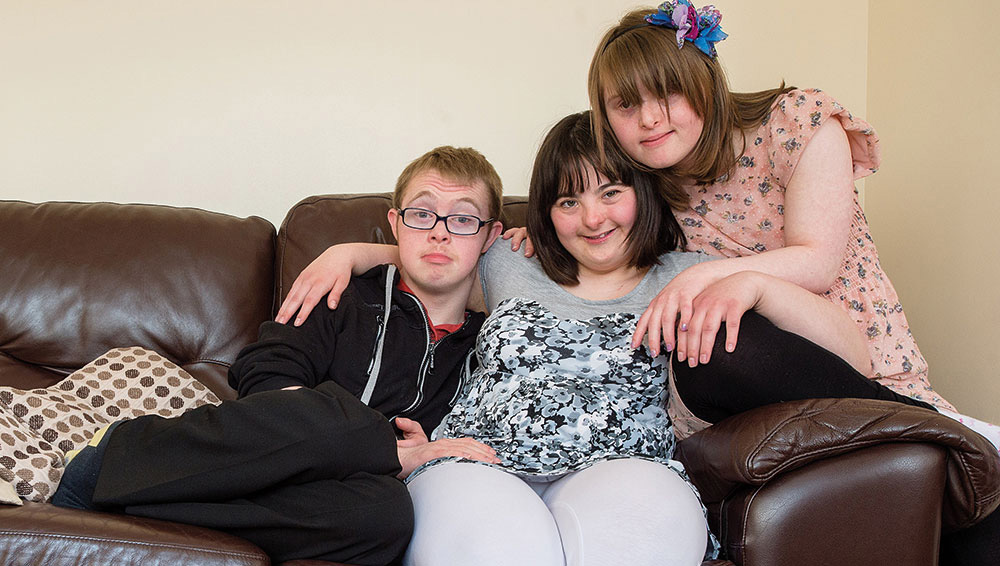Affinity Trust supports people with learning disabilities across the UK. Here is an example of the important work they do.
J first came to Affinity Trust in January 2018, w.en he was seven. Referred by Bradford Council, J was one of the first children in the city to be supported by Affinity Trust’s Positive Behaviour Support (PBS) service
The service outcomes are to keep allocated children out of residential care, maintain education provisions, improve quality of life, and reduce behaviour that challenges. At the time he was referred, J was presenting with high levels of distress at home, including property damage and frequent attacks on his mother. The Affinity Trust Service Lead carried out a functional assessment of J’s behaviour and a quality of life assessment. Over a period of direct observation, the Affinity Trust team noticed that J struggled with unpredictable environments, over-stimulation, inconsistent boundaries, changes of routine without warning, and poor interaction with some of his support network. Following consultation with J’s mother and his multi-disciplinary team, the Affinity Trust team started to develop J’s Positive Behaviour Support plan. This plan was shared with and agreed by the multidisciplinary team. They praised the effort and expertise involved, with one person saying: “It’s amazing to see this much work go into one child’s plan.”
Predictability
The Affinity Trust team continued working intensively at J’s home and school, and with J’s grandparents and other stakeholders, supporting them in implementing the PBS plan, modelling strategies, and providing guidance. The team also designed short environmentspecific plans. The PBS strategies for J included:
- providing more predictability in his daily routines, including consistent use of photos and ‘now and next’ boards
- improving interactions between J, his parents, his extended family and school staff, to avoid triggers
- avoiding overstimulation by limiting the amount of toys put out at once
- ensuring that J understood community visits, their purpose, and where they were going
- developing healthy sleep patterns using pictorial prompts.
Outcomes
In the five months since the team started implementing J’s plan, there have been significant changes in his presentation:
- He is now sleeping well, usually in his own bed. • His diet is more varied – he chooses fruit rather than repeatedly asking for sweets and ice lollies – and his appetite at school has improved.
- He is going to the shops with his mother with few incidents in the car or the community.
- He is starting to manage his own emotional state and calm himself down when he begins to display early signs of distress. This has included self-regulating at the start of the new school term, which had previously been a major trigger.
At the review meeting in September 2018, J’s mother reported that J had caused no injuries and shown no aggressive behaviour over the past couple of months. She said, “J is like a different child now.”


